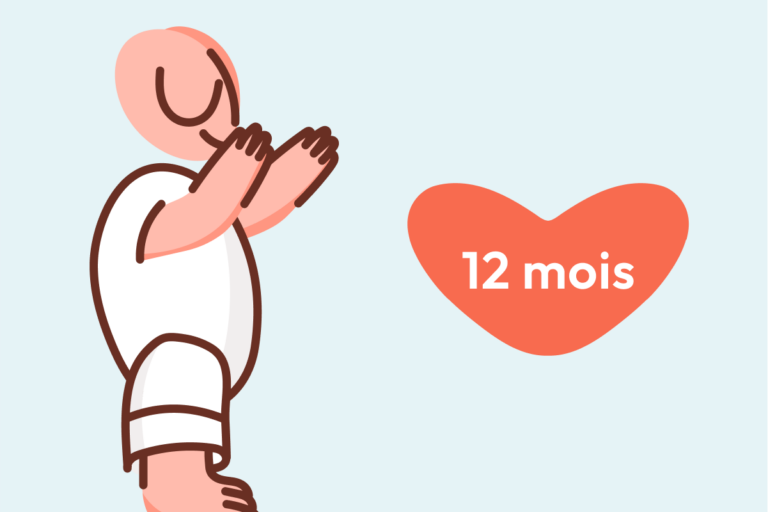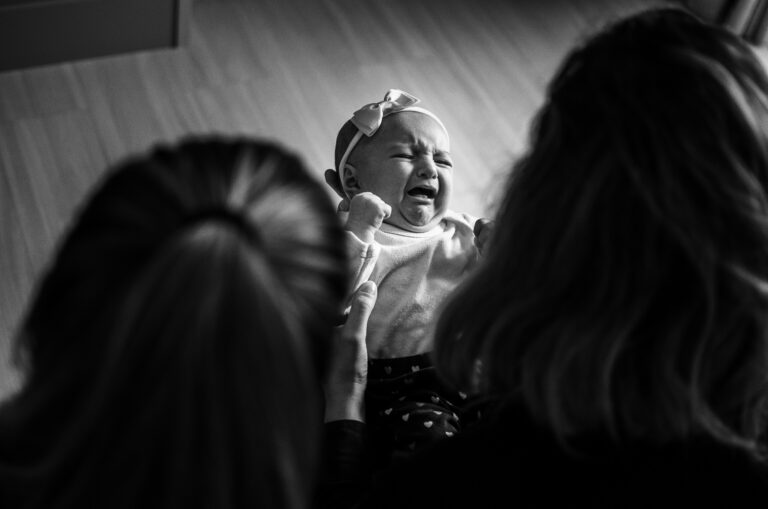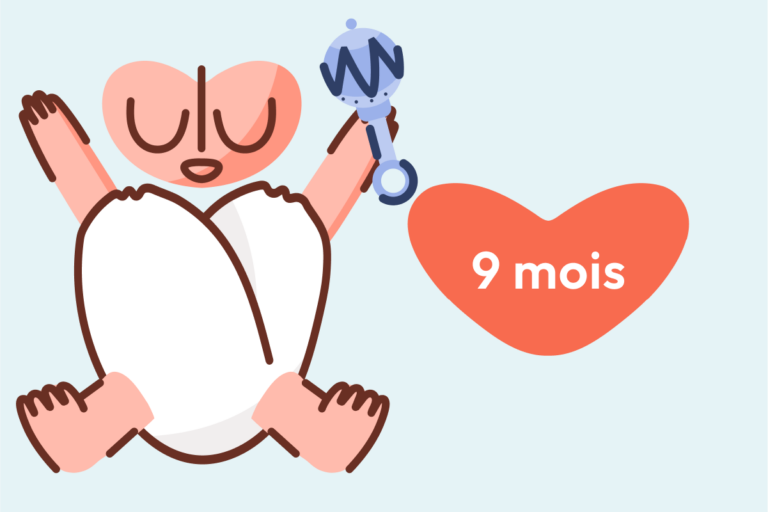Deciphering the messages behind every whimper and gesture—what parent hasn’t wished for a magic tool to understand their baby’s needs? Baby sign language offers a practical solution, weaving together expressions borrowed from established sign languages or crafted from daily gestures for one clear goal: making those first months less mysterious and more connected. While worries about speech delay or confusion often surface, research-driven explanations and clinician-endorsed strategies bring clarity. Parents, let’s explore what works, what science really says, and how even small hand signs can transform tantrums into peaceful exchanges.
Understanding Baby Sign Language
A steady gaze, a chubby hand reaching out—before the first word ever emerges, a child’s desire to communicate is already alive. Baby sign language steps in as a gentle bridge between thought and speech, harnessing simple hand movements. Instead of replacing spoken words, these signs build early pathways for language—think of it as helping your child cross a river using stepping stones before they’re ready to leap.
Medical experts highlight how baby sign language stimulates both auditory recognition (the brain’s ability to link sounds to meaning) and visual association, laying a foundation for sharper memory and faster word acquisition. Language development is a symphony—signs act as the instruments, speech as the melody.
Benefits of Baby Sign Language
Improving Communication
Imagine a baby able to sign “milk” at feed time, or gesture “all done” after a meal. By teaching baby sign language, families invite children into routines as active participants. Instead of tears and confusion, you get direct, calm exchanges. This not only lowers frustration for both child and parent, but also normalises open communication from infancy.
Pairing each sign with the spoken word—“eat” and the gesture together, for example—roots meaning across two senses. Neurologically, this dual-channel learning is reinforcing; repeated exposure means greater retention, quicker recognition, and, over time, a smoother transition when speech starts to bloom.
Emotional and Cognitive Growth
Beyond basic needs, baby sign language enables little ones to express emotions well before their vocabulary catches up. Signs for “happy,” “sad,” or “afraid” foster emotional intelligence, giving structure to feelings that might otherwise end in frustration. Scientific studies have linked early gesture use with increased self-awareness and healthier emotional regulation, supporting resilience that lasts well beyond the cradle.
Cognitively, the repetitive nature of using hand gestures—accompanied by consistent verbal cues—trains both memory and attention. Pattern recognition flourishes, and children become more adept at processing social cues.
Reducing Family Stress
Frequent bursts of tears often stem from the simple mismatch between what a child wants to say and what they are able to express. By introducing baby sign language, parents frequently report a calmer household where less time is spent deciphering mysterious cries or handling tantrums. It’s not just about shortcuts—it’s about setting up the whole family for empathy and less stress.
Research and Evidence
So, does baby sign language lead to Einstein-level IQs? No scientific study supports lasting cognitive superiority; these signs don’t alter a child’s innate intelligence or language ceiling. What they do, as proven in pediatric linguistics research, is encourage smoother, richer interaction, support self-esteem, and speed up early communication milestones. For children facing communication delays or developmental disorders, signing becomes an even more valued tool, with speech and language pathologists often integrating it into therapy.
Common Myths and Misconceptions
You might worry—could teaching hand signs actually slow down talking? The overwhelming consensus from speech therapists and developmental specialists: using baby sign language does not cause speech delays or interrupt the normal sequence of language milestones. On the contrary, most children will drop the signs naturally as their verbal vocabulary expands.
Another misconception? The idea that only formal signs—copied from official sign languages—will work. In reality, custom signs invented within your family are just as effective, provided everyone uses them consistently. The true value lies in shared meaning, not in perfect technique.
No need to chase performance: the aim is connection. Claims that baby sign language produces future geniuses hold no scientific water. The focus should remain on mutual enjoyment and comfort.
When and How to Start Baby Sign Language
Medical consensus points to a readiness window between six and eight months—a stage marked by more intentional movement, better focus, and increasing imitation. Some babies may start earlier, some later. Look for cues: does your child reach for objects, copy waving or clapping, or stare attentively at your hands? That’s readiness in action.
Patience is essential. Early attempts often look like improvisations—tiny hands might create approximations, not perfect copies. Celebrate these creative efforts; what matters is intention, not precision. By modelling signs long before your child imitates, you’re building a bank of associations they’ll draw on when ready.
How to Teach Baby Sign Language: Practical Strategies
- Pair Every Sign with Speech: Always say the word as you sign. The combined stimulus works wonders for recall and understanding.
- Start Small and Repeat: Begin with core daily needs, like “milk,” “sleep,” or “all done.” Repetition in meaningful moments is far more effective than endless drilling or flashcards.
- Integrate Into Routines: Mealtimes, baths, play, and bedtime—all are opportunities. Don’t forget to use signs in songs and picture books, as rhythm and repetition make learning stick.
- Involve Everyone: Caregivers—grandparents, siblings, even helpers—should use the same gestures. Consistency forms the backbone of effective baby sign language.
- Celebrate All Attempts: If the sign is imperfect, acknowledge the effort cheerfully. Babies often adapt to their own motor skills before mastering the adult version.
- Keep the Atmosphere Light: This isn’t about pressure. Signing works best when it’s playful and relaxed. If you skip a day or forget a sign, just pick up again without stress.
Essential Signs and Family Adaptation
First, cover the essentials—“milk,” “more,” “all done,” “eat,” “drink,” “sleep,” “mum,” “dad,” “help,” “play,” “yes,” “no.” Observe which ones your child attaches significance to. For some, “play” or “more” might quickly become favourites, while others master “sleep” at night rituals.
If there are cultural preferences for certain hand movements or signs—perhaps blending in a gesture from your family’s background—embrace them fully. The only rule: everyone uses the same action for the same need, so communication remains clear.
Supporting Emotional and Social Growth
Emotions run deep, even in infants. Teaching signs for feelings—“happy,” “angry,” “calm,” “afraid”—offers a safe channel for expressing and naming the storm inside. Use them in stories, during play, or alongside music. Evidence from developmental psychology shows that children able to frame their emotions, even non-verbally, show better adaptation and reduced behavioural challenges.
The pride that flashes in a child’s eyes when they “tell” you something with a sign—it’s a bond that words alone can’t describe, building memories and trust from the earliest days.
Real-World Experiences and Scientific Perspective
From parents and caregivers, the anecdotes pour in: fewer tantrums, more cooperation, and plenty of joyful surprises as children stake their claim in family life. Scientific studies support these stories, showing that baby sign language supports—not replaces—verbal development. It lights up brain centres tied to both gesture and sound, smoothing the journey from sign to speech.
Progress and Individual Differences
No two children will follow the same timeline. Some pick up a suite of signs rapidly, others prefer to watch and wait. The developmental journey is rarely linear. What matters: consistency among caregivers, patience, and focusing on progress over perfection.
As language emerges, most children will naturally leave behind gestures in favour of words, but the underlying benefit—early self-expression—travels with them into toddlerhood and beyond. Continue nurturing both spoken and gestural forms to support robust communication skills.
Everyday Tips for Using Baby Sign Language
Weave signs seamlessly into your day—during meals, bath time, play. There’s no need for flawless execution. Babies may invent their own abbreviated gestures. Respond with encouragement.
If routines change, adapt your chosen signs. Stay flexible, make it enjoyable, and remember: reading, singing, and talking still matter deeply for language maturation—baby sign language is a supplement, not a substitute.
Key Takeaways
- Baby sign language bridges the communication gap before speech, helping children express basic needs, desires, and emotions.
- Start somewhere between six and eight months, when your baby shows curiosity and coordination.
- Focus on a handful of relevant signs, involve all caregivers, and favour consistency.
- Benefits include lower parental stress, greater emotional awareness, and smoother transitions into spoken language. Research supports these claims, though there’s no evidence of boosted intelligence or lasting language advantages.
- For children with unique developmental needs, signing can be especially valuable—healthcare and speech professionals frequently incorporate it into supportive therapies.
- Progress is highly individual. Seek out resources and don’t hesitate to discuss concerns with a qualified paediatrician or speech-language therapist.
- Need tailored advice and free health tools for your child? Download the application Heloa for personalised tips and questionnaires.
Questions Parents Ask
What resources can help parents learn and use baby sign language?
Plenty of practical tools exist: visual guides like charts and illustrated books, printable PDFs, and especially short video demonstrations that simplify learning each gesture. Many parents also turn to online parenting communities or local support groups, sharing tips, challenges, and encouragement, making the learning curve less steep. Knowing others are on this journey too can be immensely reassuring.
What are some practical tips to introduce baby sign language to a baby?
Choose a few relevant signs linked to your baby’s daily life—“milk,” “more,” “all done.” Always use the sign alongside the spoken word during routines. Consistency is key, patience non-negotiable. Applaud every attempt, however off-mark. Invite caregivers to join for smoother progress. Remember: gentle encouragement can transform learning into a pleasure rather than a duty.
At what age should parents introduce baby sign language?
Most babies are ready for baby sign language between six and nine months, though some will show readiness earlier or later. Signs of curiosity—such as focused gaze, mimicry of waving or clapping, or responding to music with gestures—signal a good time to begin. No strict deadline; let your baby’s interest guide you, and adapt at their pace.









